Reference no: EM131292469
Problem 1
The switch in the circuit shown has been in position a for a long time. At t = 0, the switch is thrown to position b.
a) Find I, V1, and V2 as rational functions of s.
b) Find the time-domain expressions for i, v1, and v2.
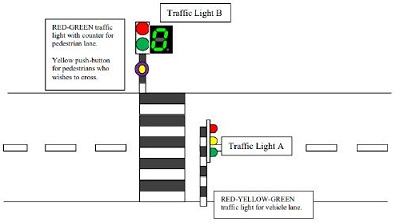
Problem 2
The energy stored in the circuit shown is zero at the time when the switch is closed.
a) Find the s-domain expression for I.
b) Find the time-domain expression for i when t > 0.
c) Find the s-domain expression for V.
d) Find the time-domain expression for v when t > 0.

Problem 3
The dc current and voltage sources are applied simultaneously to the circuit shown. No energy is stored in the circuit at the instant of application.
a) Derive the s-domain expressions for V1 and V2.
b) For t > 0, derive the time-domain expres-sions for v1 and v2.
c) Calculate v1(0+) and v2(0+).
d) Compute the steady-state values of v1 and v2.

Problem 4
The initial charge on the capacitor in the circuit shown is zero.
a) Find the s-domain 'Thevenin equivalent cir-cuit with respect to terminals a and b.
b) Find the s-domain expression for the current that the circuit delivers to a load consisting of a 1H inductor in series with a 2 Ω resistor.
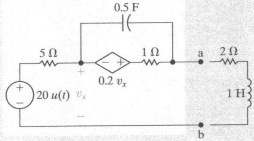
Problem 5
There is no energy stored in the circuit in Fig. P13.27 at the time the sources are energized.
a) Find 11(s) and 12(s).
b) Use the initial- and final-value theorems to check the initial- and final-values of ii(t) and i2(t).
c) Find ii(t) and i2(t) for t 0.
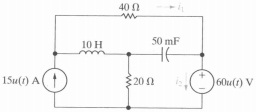
Problem 6
The initial energy in the circuit in Fig. P13.29 is zero. The ideal voltage source is 600u(t) V.
a) Find Vo(s).
b) Use the initial- and final-value theorems to find vo(0+) and vo(∞).
c) Do the values obtained in (b) agree with known circuit behavior? Explain.
d) Find vo(t).
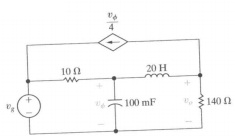
Problem 7
a) Derive the numerical expression for the transfer function Vo/Ig, for the circuit shown.
b) Give the numerical value of each pole and zero of H(s).

Problem 8
a) Find the numerical expression for the trans-fer function H(s) = Vo/Vi for the circuit in Fig. P13.49.
b) Give the numerical value of each pole and zero of H(s).

Problem 9
Find the numerical expression for the transfer function (Vo/Vi) of each circuit in Fig. P13.50 and give the numerical value of the poles and zeros of each transfer function.
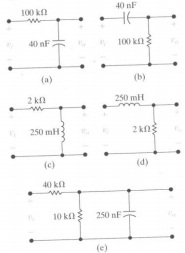
|
How do the strategies affect people in other parts of world
: Describe how globalization has changed the way American companies are doing business. How do these strategies affect people in other parts of the world?
|
|
Development of research studies
: Peer-reviewed article that discusses research in an organization. Topic ideas include the role of research, development of research studies, integration of different types of methods, or the communication of research results within an organization..
|
|
A system of aligned inextensible fibers
: Consider the deformation of a system of aligned inextensible fibers, in which one surface is brought into contact with a rigid cylindrical surface. Obtain the solution for the stress state in the deformed body.
|
|
Leadership style in current work environment
: Discuss how you would practice this leadership style in your current work environment. If you are not currently employed, discuss how you would practice this style of leadership in a future job you might like to hold.
|
|
Find the s-domain thevenin equivalent circuit
: Find the s-domain 'Thevenin equivalent circuit with respect to terminals a and b - Find the s-domain expression for the current that the circuit delivers to a load consisting of a 1H inductor in series with a 2 Ω resistor.
|
|
Complete derivation of the constitutive equations for strain
: Obtain the complete derivation of the constitutive equations for strain and entropy starting with the representation given in Section 9.1 for the Gibbs free energy. Also obtain the corresponding form of the energy equation.
|
|
Why would be against corporate policy to accept such a gift
: What kind of an ethical issue is this?- Why would it be against corporate policy to accept such a gift? Do you agree with the policy? Why or why not?
|
|
Suspension conditions involving spherical particles
: Specialize the result obtained in Problem 6 to the case of spherical inclusions of a viscous material in an elastic matrix. Compare the resulting complex modulus with that obtained in Section 8.4 involving elastic inclusions in a viscous matrix.
|
|
How have infrastructure systems directed development
: What have been the factors that contribute to spatial form outcomes? What has been the role of geography and topography in shaping cities? How have infrastructure systems directed development?
|